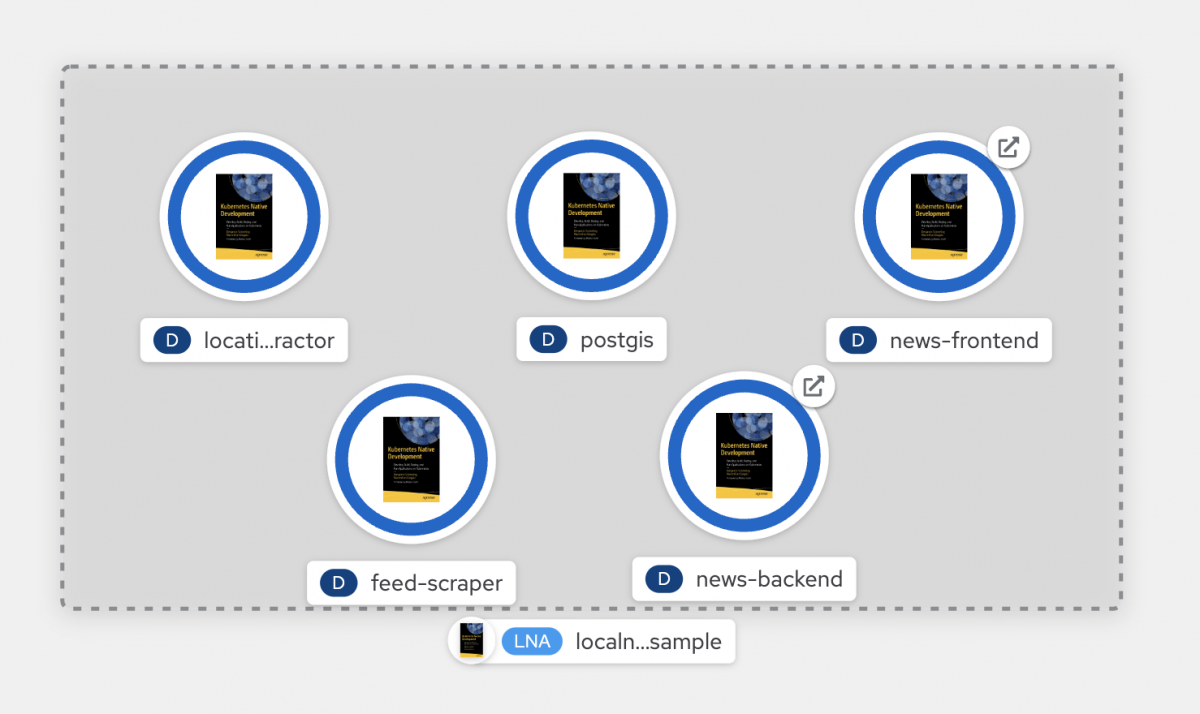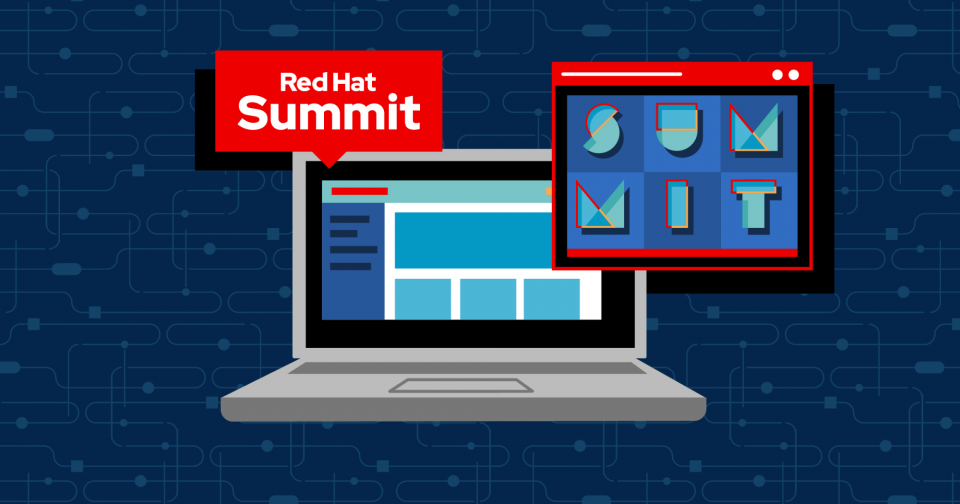The current situation At the moment 2 focus areas prevail in the IT industry. Flexibility In the age of ever-changing customer preferences, flexibility is an important asset. It is about providing customers with new opportunities to realize their goals. And to provide ease of use, ease of integration with existing processes and systems while doing […]









